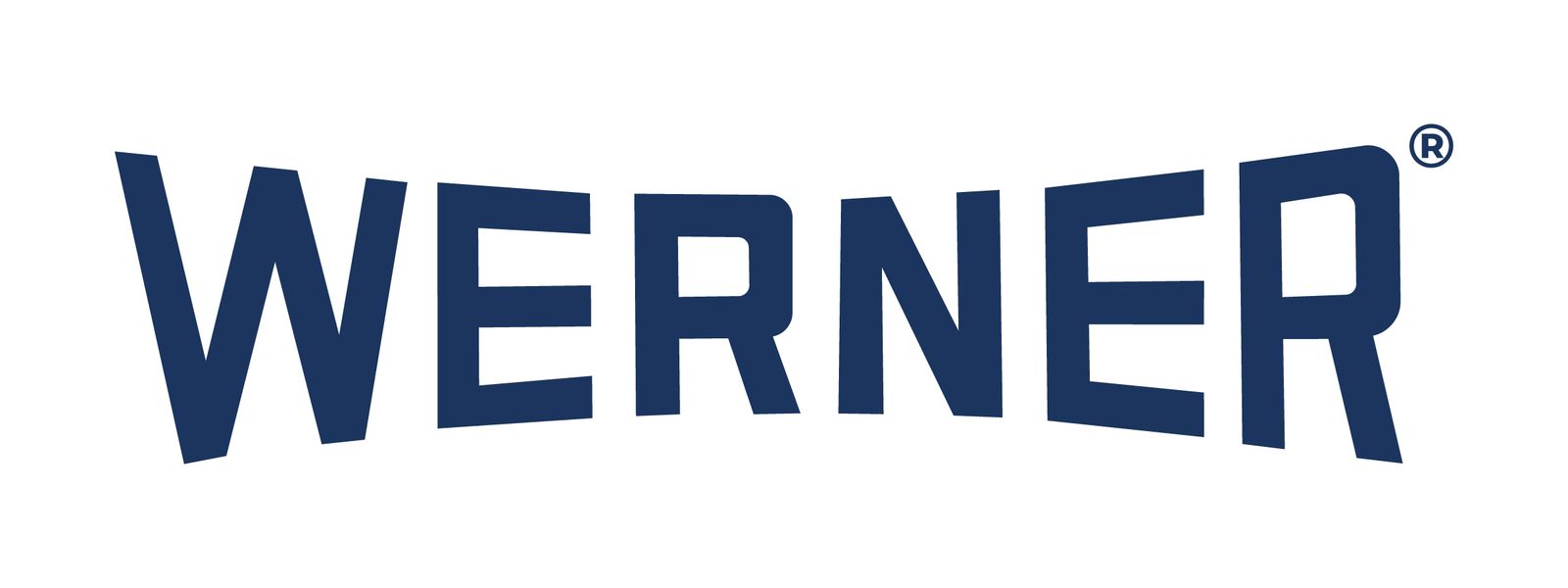Multimedia
Trucking Market: Getting Ready for Upcoming LTL Classification Changes

Partner

This summer what has been called the biggest change in LTL pricing since deregulation in 1980 will hit the US trucking market: The "reimagination" of the classification system used to help price less-than-truckload freight. The National Motor Freight Traffic Association (NMFTA) is proposing more than 90 changes to the National Motor Freight Classification or NMFC, dramatically increasing its reliance on density to determine a shipment's or product's classification. Shippers will need to more accurately measure the dimensions and weight of every pallet, which for some will mean big changes to the procedures they use to build pallets and move freight. The proposed changes are scheduled to be finalized by July, so the time to review LTL shipping practices and procedures to avoid costly reclassification is now.
Join us for this webcast that will look at the proposed NMFC changes and what shippers are doing to get ready for them.
Moderator: William Cassidy, Senior Editor, Trucking and Domestic Transportation, Journal of Commerce by S&P Global
Speaker(s):
Shawn Galloway, Vice President, Pricing, PITT OHIO
Darryl Gash, Logistics Manager, Dillard’s
Keith Peterson, Director of Operations, National Motor Freight Traffic Association
*Check back soon for more information! Interested in sponsoring this webcast? For more information, please visit: https://subscribe.joc.com/mediasolutions/
Breakbulk and Project Cargo Market Report: Tariffs, Sanctions and Shipping

It didn’t take long for President Donald Trump to live up to his campaign promises to impose tariffs on a wide range of imports from multiple countries. Less than two weeks into his second term, Trump’s administration slapped 25% tariffs on North American free trade partners Canada and Mexico, and another 10% on top of already steep tariffs in China. Canada and Mexico quickly retaliated, and soon thereafter the tariffs were put on hold pending negotiations. As the threat of an outright trade war percolates, questions about whether the initial threats were merely negotiating tactics have been answered quickly, but other questions remain.
Understanding the minutiae of importing and supply chains, including cargo valuations, classifications, and country of origins, will be increasingly important for breakbulk importers as the Trump administration imposes and rescinds tariffs. What can businesses do to navigate these challenges? How should importers approach sourcing in China in light of the new environment? Are shippers looking to front load cargo ahead of the April deadline?
Our panel of experts will discuss the pressures on the breakbulk and project cargo market from the tariff announcements.
Moderator: Susan Oatway, Senior Research Analyst-Breakbulk and Project Cargo, Journal of Commerce by S&P Global
Co-Moderator: Janet Nodar, Senior Editor, Breakbulk, Project, and Heavy-Lift Shipping, Journal of Commerce by S&P Global
Speaker(s):
Neha Dhindsa, Counsel, Venable
Eric Johnson, Senior Technology Editor, Journal of Commerce by S&P Global
Chris Rogers, Head of Supply Chain Research – Global Intelligence & Analytics, S&P Global
*Check back soon for more information! Interested in sponsoring this webcast? For more information, please visit: https://subscribe.joc.com/mediasolutions/
Tariffs and Technology: Software’s Role in Navigating Trade Uncertainty

Partner(s):

Importers and exporters have long relied on platforms to manage the tricky nuances of global trade compliance, but recent trade policy actions between the US and its trading partners have shone a brighter light on this corner of the logistics technology world. So-called global trade management software encompasses a large set of functions, from product classification to duty reduction initiatives. With global trade regulations and tariffs changing seemingly by the day, shippers and their service providers are under intense scrutiny to not just be in compliance but also to find strategies that keep them ahead of their competitive peers. This one-hour webcast, encompassing perspective from experts in the world of trade compliance and global trade management technology, will delve into how shippers should prepare themselves to invest in core trade management platforms, upgrade the technology they have, or try new emerging point solutions based on automation.
Moderator: Eric Johnson, Senior Editor, Technology, Journal of Commerce by S&P Global
Speaker(s):
Christina Coulourides, Owner and Founder, Plume Ridge Bottle Shop
Paul Diedrich, Director, Customs Brokerage and Trade Services, Ardent Global Logistics
Gabrielle Griffith, Director, BPE Global
*Check back soon for more information! Interested in sponsoring this webcast? For more information, please visit: https://subscribe.joc.com/mediasolutions/
Container Shipping Outlook: The Asia-Europe Trade

Major ocean trade lanes do not operate in isolation, and although Asia-Europe has largely been spared the mass confusion of on-again, off-again tariffs coming out of the administration of US President Donald Trump, the chaos on the trans-Pacific is likely to spill over. The US tariffs slammed the door on its Chinese imports virtually overnight as shippers put the brakes on shipments, and that will have left huge volumes of container equipment stuck in China as shippers prepared for the spring season. But there may be a silver lining in that it could make Chinese manufacturing more competitive as factories turn to other major markets to mitigate the loss of US imports. The problem is that the world appears to be sliding toward a global recession, and that will make consumers in already-struggling European economies even less likely to spend, and less spending translates into fewer loaded containers arriving on ships from Asia. With that as the current state of affairs, and with an understanding that the narrative could change again as it has so often in the last three months, it's a good time to take stock of the Asia-Europe trade in this webcast led by Journal of Commerce Senior Europe Editor Greg Knowler. During the hour-long event, Greg will be joined by subject matter experts who will discuss these issues, as well as the new carrier alliances, falling rates, rising capacity, the Red Sea diversions, and the growing costs to shippers of tightening decarbonization regulations.
Moderator: Greg Knowler, Europe Editor, Journal of Commerce by S&P Global
Speaker(s):
Alexandra Ilascu, Vice President, Global Sea Logistics Trade Manager, Asia / ISC / Middle East - Europe, Khuene + Nagel
Alexander Nowroth, Managing Director, Lebenswerk Consulting Group
Antonios Rigalos, Managing Partner, ShiftX
*Check back soon for more information! Interested in sponsoring this webcast? For more information, please visit: https://subscribe.joc.com/mediasolutions/
Trade Policy: What a Second-Term Trump Presidency Means for Global Shippers

President Donald Trump’s second act promises to bring with it another set of changes to the tariffs US importers face on their goods sourced abroad. Trump already has warned Mexico and Canada about increased tariffs, while China is certain to be in the crosshairs. Questions about whether these threats are merely negotiating tactics or intentional policy changes intended to bring about changes in trade patterns will persist into the spring, if not longer. Regardless of the direction the tariffs situation goes, importers need to plan for change now. Will the second Trump presidency make importing from Asia less desirable, force sourcing to nations beyond China, or drive a North American manufacturing renaissance? Will Mexico and Latin America reap the benefits of the new trade focus? This webcast will put recent events into context so that attendees walk away better informed about how to approach this potential sea change in trade policy.
Moderator:
Eric Johnson, Senior Editor-Technology, Journal of Commerce by S&P Global
Speaker(s):
Ashley Craig, Chair-International Trade Group, Venable
Pete Mento, Commercial Director-US Customs and Compliance, Air and Sea US, DSV
Amy Morgan, Vice President and Head of Trade Compliance, Altana
*Check back soon for more information! Interested in sponsoring this webcast? For more information, please visit: https://subscribe.joc.com/mediasolutions/
Recent News and Analysis
Maritime News
- Supply-demand imbalance puts ocean carriers on course for heavy losses
- Tariffs, economic uncertainty weigh on pre-Lunar New Year trans-Pac volumes
- Hong Kong to launch digital cargo tracking, data exchange network
- US East, Gulf coast ports expanding intermodal access, vessel capacity
- CMA CGM’s Oceania-US East Coast service to kick off in February
Surface News
- UP-NS deal could benefit some shippers, while others face longer transits
- US LTL providers carefully managing capacity in changing market
- Domestic intermodal to benefit from new lanes, faster service in 2026
- Persistent supply-demand imbalance to keep US truckload rates in check
- Carriers, POLA back UP-NS deal, citing lower transit times, costs
Air Cargo News
- E-commerce, AI demand to keep ex-Asia air freight under pressure
- Rising US air freight imports from Taiwan, Vietnam offset drop in China trade
- US freight industry enters 2026 with low growth expectations
- Black Friday demand tightens trans-Pacific air cargo capacity, elevates rates
- DHL Global Forwarding sees Q3 revenue drop on lower ocean rates
Supply Chain News
- Warehousing vacancies hit new peak, but larger facilities still needed
- CBP to let importers tie ‘notify parties’ to key portal communications
- Australian shippers call for end to ocean carrier anti-trust immunity
- Revenue from low-value shipment duties crosses $1 billion mark: CBP
- Big US ports ask Congress to ensure fair funding for dredging


